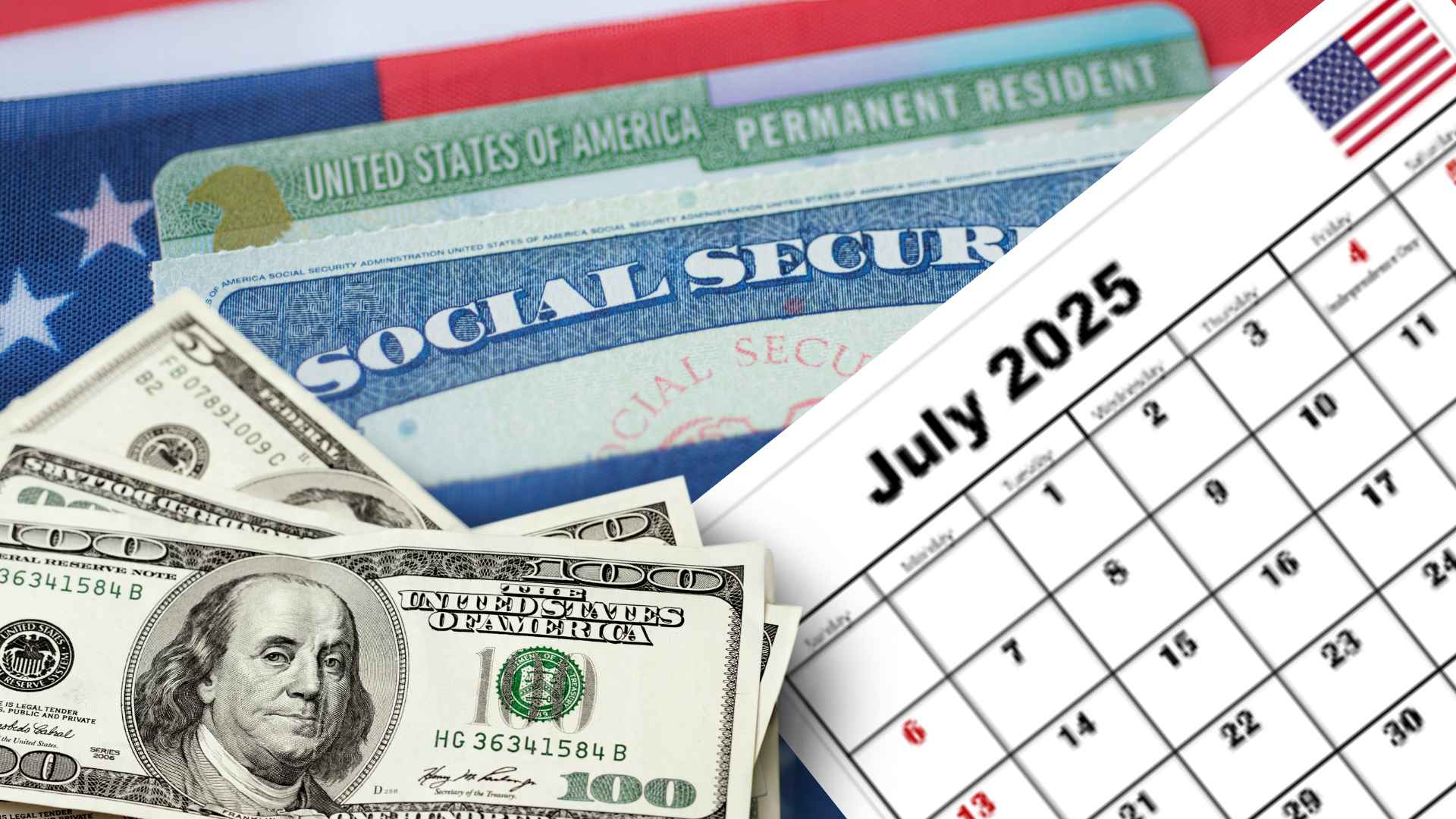The next Supplemental Security Income deposit lands on Tuesday, July 1, 2025, bringing an average $967 to millions of low‑income Americans. Here’s why that date—and amount—matter for stretched household budgets.
The Social Security Administration (SSA) confirmed that July’s SSI payment will be released right on schedule because the first of the month is a regular banking day. Direct deposit and Direct Express card users should see the funds early that morning; paper checks may take a few days longer. Missed the June payment? —July’s infusion should arrive without extra action, provided your eligibility hasn’t changed.
Supplemental Security Income July 2025 payment schedule explained in detail for beneficiaries who rely on on‑time deposits
SSI normally pays on the first business day of every month. When that day falls on a weekend or federal holiday, the SSA moves the disbursement to the preceding workday. Because July 1 lands on a Tuesday this year, no adjustment is needed.
| Month (2025) | Regular pay date | Adjusted date* | Status |
|---|---|---|---|
| June | Mon 6/2 | Fri 5/30 | Paid |
| July | Tue 7/1 | — | Due |
| August | Fri 8/1 | — | On time |
| September | Mon 9/1 (Labor Day) | Fri 8/29 | Advanced |
*Payments advance only when the first falls on a non‑business day.
Wondering if you should call the SSA because July money hasn’t shown up by noon? Hold off until the next banking day—delays often trace back to individual banks, not the agency.
Eligibility rules for 2025 SSI checks cover income, resources, disability, blindness, or age 65 and older
Need a refresher on who qualifies? The SSA applies three core tests:
- Very limited income: Earn no more than $2,019 per month from work (higher thresholds apply to couples and parents).
- Restricted resources: Countable assets must stay under $2,000 for individuals or $3,000 for couples. Your primary home and most personal items don’t count.
- Qualifying condition: Be 65 +, legally blind, or meet the disability definition (expected to last at least a year or result in death). Applicants under 65 must also stay below $1,550 in monthly earnings after disability offsets.
Any unreported increase in wages or assets can trigger overpayments and penalties—so double‑check those pay stubs before July rolls around.
How the $967 average SSI payment reflects cost‑of‑living adjustments and personal circumstances in 2025
The average individual SSI check is $967 this year, but the maximum sits at $1,450 for eligible couples. Annual cost‑of‑living adjustments (COLA) keep the benefit in line with inflation, yet most recipients never see the top number. Why? For every $2 earned from work, roughly $1 is shaved off the SSI amount; non‑work income reduces benefits dollar‑for‑dollar. Living with a spouse, children, or supportive relatives can also trim payments, because shared housing lowers “countable living expenses” under SSA rules.
Consequently, two neighbors may start with the same $967 average, but end up with different net deposits after income offsets take effect. Curious whether a side gig will hurt your check? A quick visit—or phone appointment—with your local SSA field office can clarify the math.
If you currently receive SSI and nothing has changed in your finances or living situation, expect $967 (give or take) to hit your account on July 1. Mark the calendar, report any new income promptly, and review resource limits to keep your payments flowing.

